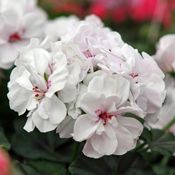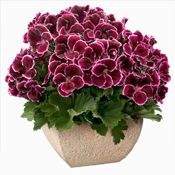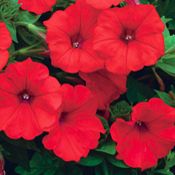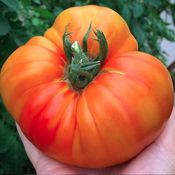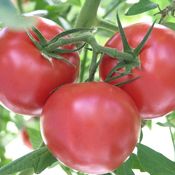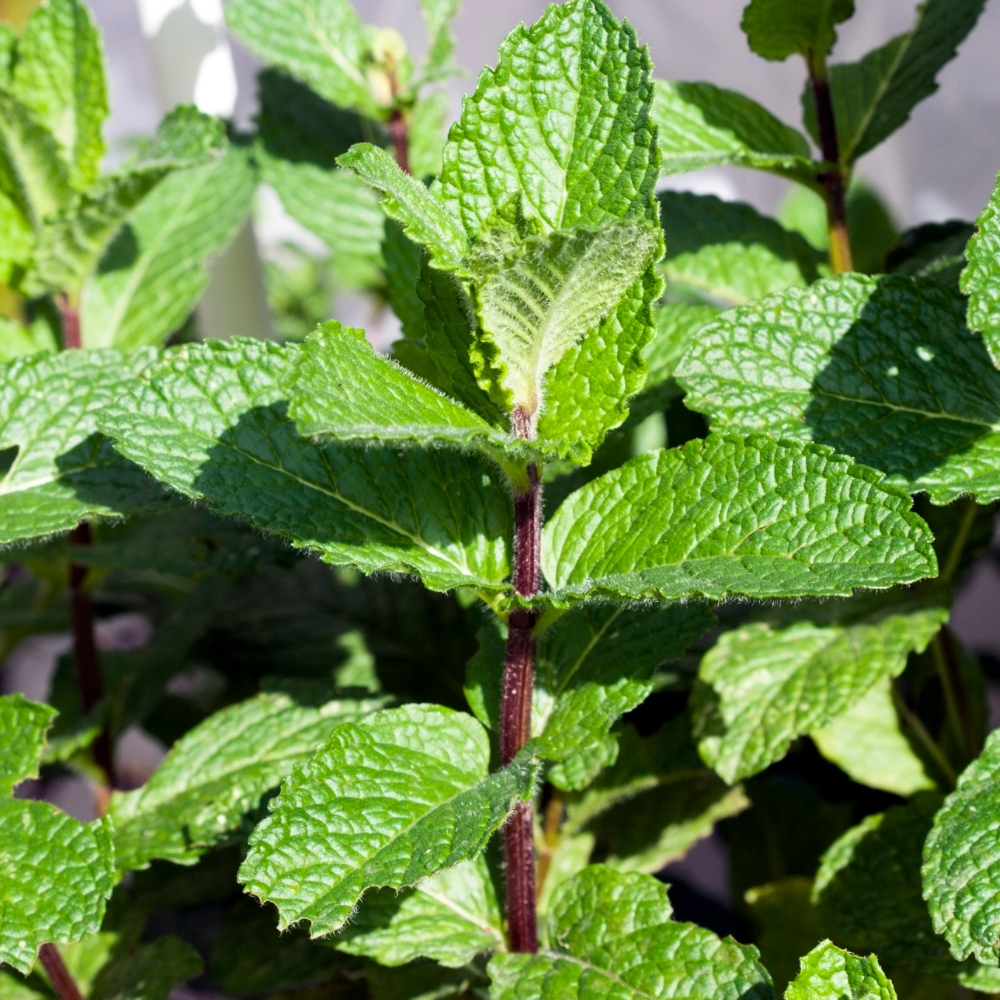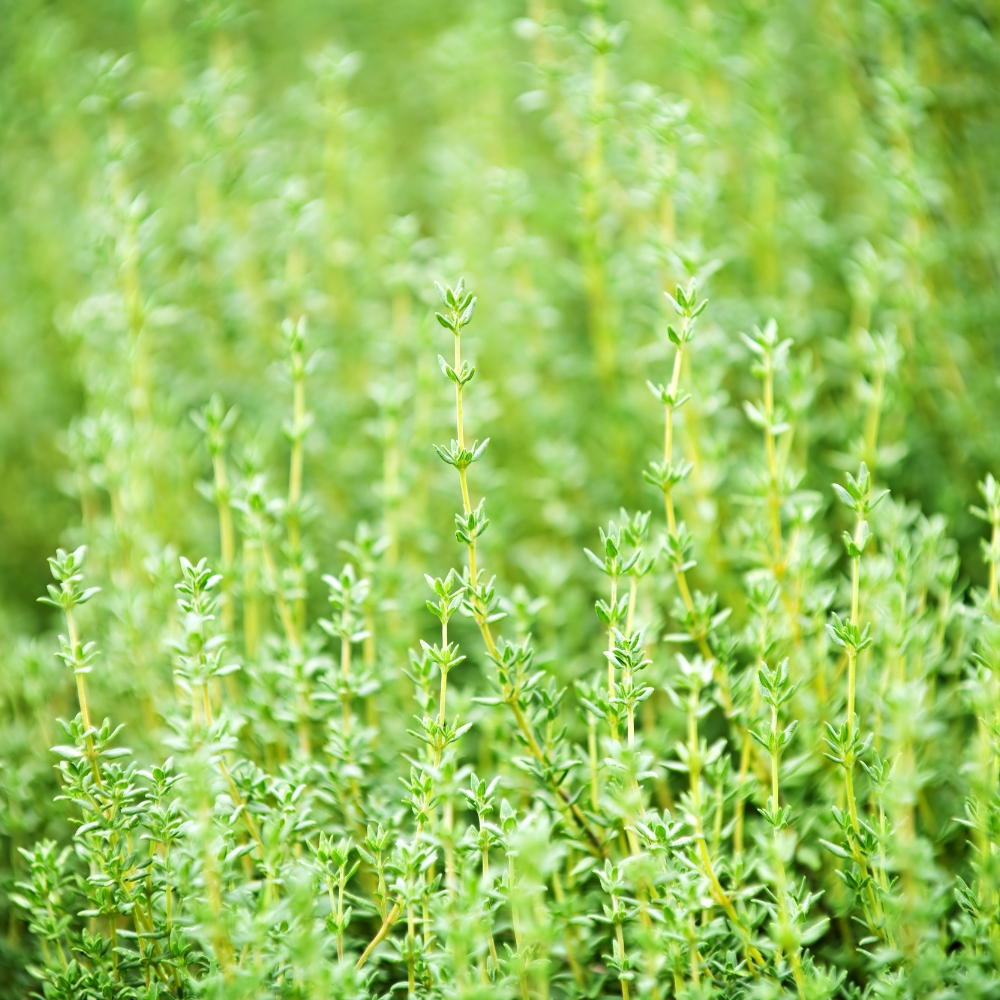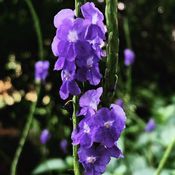Are you wondering how to grow cucumbers? You’re in the right place! Even if you consider yourself an expert, we think you will learn something new here. And…if you are a beginning gardener? We know you’ll find this article valuable for its educational and informative merit.
Cucumbers are widely popular with home gardeners for many reasons: they’re one of the easiest vegetables to grow, and they come in a range of varieties that are adaptable to any space limitations. You can grow cucumbers in pots, raised garden beds, small garden spaces, or in your full-sized garden plot. So let’s get to the low- down on how to grow this low-maintenance, high-yielding, low-calorie, nutrient-rich, scrumptious and versatile vegetable.

Cucumbers: When to Plant
Cucumbers are a warm-weather crop that, once established, should produce well into the fall. When putting out transplants, wait one to two weeks after your last frost date; seeds can be sown directly into the garden on your last spring frost date. You can find your average last frost date here.
Cucumbers: Where and What Variety to Grow
To successfully grow cucumbers you should choose a spot that gets at least 8-hours of sunlight daily and is easily accessible for watering and harvesting. Once you’ve found the ideal location, space and personal preference will dictate which variety you choose to grow.
There are a lot of cucumber varieties on the market:
- Dwarf Cucumber Plants such as our Bush Crop Cucumber Plant, are the perfect cucumbers for container gardens or for very small garden areas. This is also a popular choice for schoolyard gardens and raised beds; their growth is more upright than vining, so they will not require as much space.
- Semi-Dwarf Cucumber Plants such as our Fanfare Cucumber Plant, are also adaptable to container growing and will only take up a bit more space in your garden than a dwarf variety. They grow a little taller than vigorous varieties, but with vines about half the length. Using a vertical trellis or garden netting will save space and keep your cucumbers off of the ground.
- Vigorous Cucumber Plants, sometimes referred to as vining cucumber plants, will require the most room in the garden. Some vigorous varieties grow on vines reaching up to 6 feet (sometimes longer) in length. The fruits are most often 8 to 12 inches long and will grow best upon sturdy trellises. Our most popular vigorous variety is the Garden Sweet Burpless Cucumber Plant.
Cucumbers: How to Fertilize and Water
Cucumbers grow best with adequate nutrition. Cucumber plants should be fertilized when first transplanted, then about a week after blooming, and then every 3 to 4 weeks afterwards. Using a low nitrogen fertilizer will help you prevent leggy, leafy, beautiful, though potentially fruitless, vines.
Cucumbers also require consistent watering; inconsistent or neglectful watering can result in bitter fruit. Water thoroughly 2 to 3 times a week, depending upon the climatic conditions in your area. Container plantings should be monitored closely and never allowed to completely dry out. Bear in mind that watering around the roots, as opposed to on the leaves, will provide the most efficient hydration to your vegetable plants and will help to prevent foliar diseases.
Battling Pests and Diseases in Cucumber Plants
Common Pests and Their Management
- Aphids and Spider Mites: These pests can be controlled by spraying the plants with water to knock them off or using insecticidal soap or neem oil. Encouraging beneficial insects, such as ladybugs and lacewings, can also help manage aphid populations.
- Cucumber Beetles: These beetles not only eat the leaves but can also transmit diseases. Floating row covers can prevent them from accessing plants, and certain pesticides may be necessary in severe infestations.
- Pickleworms: To manage pickleworms, regular inspection and manual removal of the worms can be effective. Applying Bacillus thuringiensis (Bt) as a biological pesticide is another safe and effective method.
Common Diseases and Treatment
- Powdery Mildew: This is a common fungal issue that appears as a white powdery substance on leaves. It can be treated with fungicides and by improving air circulation around the plants.
- Downy Mildew: Appearing as yellow spots on the upper surfaces of leaves and a fuzzy growth on the undersides, this disease thrives in wet conditions. Fungicides can help manage downy mildew, but the best approach is preventive, focusing on watering practices that keep foliage dry.
Preventive Measures: Regularly inspect plants for signs of pests and diseases. Practice crop rotation and maintain good garden hygiene by removing plant debris. Use resistant cucumber varieties when available.
Cucumbers: When to Harvest
When choosing a variety, be sure to know its estimated number of days to maturity. Remember, this is always just a guideline – Mother Nature may have her own agenda. Climatic conditions, soil health, moisture, and disease can greatly affect your cucumber harvest, in terms of time to maturity and yield. And, since cucumbers produce throughout the entire season, it is virtually impossible to gauge the number of days any specific cucumber has been on the vine.
So how do you know when they’re ripe? Cucumbers, when at their peak, will more easily separate from the vine when you harvest. If you really have to aggressively tug or cut the vine, you may want to wait a day or two. It is also a good idea to wear gloves when picking cukes; their skins and stems are covered with prickly spines that can lodge themselves in your fingers. These spines can usually be removed by simply wiping with a glove or cloth. Make sure the skins are smooth before serving!
One of the most important tips on how to grow cucumbers is: don’t delay your harvest! Waiting to pick your cucumbers until they start to turn yellow can result in bitter fruit, as well as enabling cucumber pests to more easily munch, as the skins will be thinner and softer. Though your specific cucumber variety may generally produce 8- to 10-inch fruits, there are always exceptions, so it’s best not to judge by size, but rather by appearance.
Pick cukes just as soon as they ripen to encourage the plants to keep producing fruit. A gentle tug on the fruit will tell you if it is ripe, as it will come off the vine easily.
Preserving Your Cucumber Harvest
Storing Fresh Cucumbers
- Short-Term Storage: Keep cucumbers in the refrigerator's crisper drawer, where they can stay fresh for up to a week. Wrapping them individually in paper towels can help absorb excess moisture and prolong their shelf life.
Pickling
- Quick Pickles: For a quick and easy preservation method, cucumbers can be pickled using a simple vinegar, water, and salt brine, along with your choice of spices. These pickles can be stored in the refrigerator for several weeks.
- Canning: For long-term storage, cucumbers can be processed into pickles and canned. Ensure to follow safe canning practices to prevent foodborne illnesses.
Freezing
While cucumbers are not typically frozen due to their high water content, freezing may be suitable for cucumbers that will be used in smoothies or as chilled soup ingredients. Blanching before freezing can help preserve texture to some extent.
Drying
Drying cucumbers is not common due to their high moisture content, but dehydrated cucumber chips can be made using a food dehydrator and enjoyed as a crispy snack.
The Dietary Benefits of Cucumbers
The crunchy cucumber skin contains valuable dietary fiber, nutrients, and vitamins, such as A, C, K, and multiple types of vitamin B, so you may want to consider leaving the skin intact to profit most from those dietary benefits. Cucumbers also do not contain cholesterol, are low in calories, and are packed with essential minerals, such as calcium, iron, potassium, selenium, magnesium, and zinc.
How to Grow Cucumbers With Companion Plants
All plants do not grow well together; this is also true of cucumbers. Plant them well away from tomatoes, sage, and other aromatic herbs, such as lavender, mint, or lemon grass.
On the other hand, vegetables such as radishes, beets, and dill are good choices for planting in close proximity to your cucumber plants. Not only do they benefit your cucumbers when it comes to utilizing and providing needed nutrients, some will also help deter the most common cucumber pests, such as aphids, cucumber beetles, spider mites, and pickle worms. Dill, for instance, will attract lacewings, which in turn will decimate an aphid population in short order. Lacewings will also eat the eggs of the cucumber beetle.
Many flowers, such as nasturtiums and marigolds, are an effective form of pest control as well, naturally reducing your dependence on chemical pesticides in your vegetable garden, while adding an attractive border or colorful accent. Experts recommend planting the most pungent marigold varieties, such as French or Mexican marigolds.
Here’s to growing the best, most flavorful, and healthy cucumbers!
































